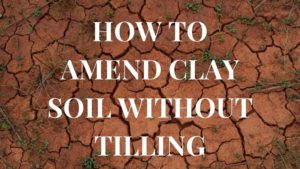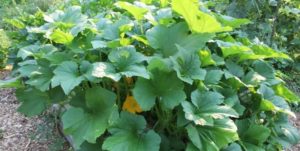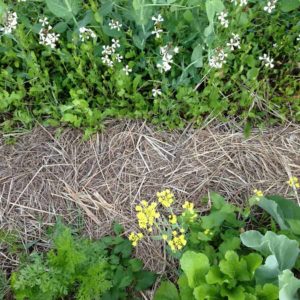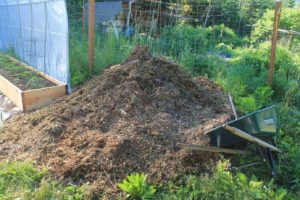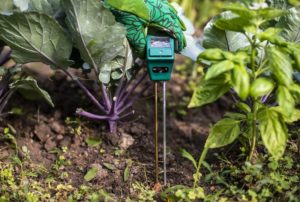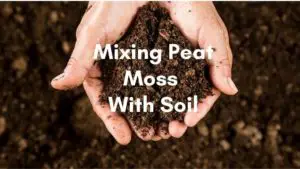Clay soil is very dense and doesn’t let water drain from it easily. When watered it appears to just pool at the surface of the soil. It is also extremely high in minerals and contains little to no living organisms in it. In order to have a vegetable garden, flowers, or trees planted in the clay soil you will have to amend the clay soil.
Ways to Amend Clay Soil Without Tilling
There are a lot of ways to change clay soil for the better. Better yet, you don’t need to till clay soil to amend it. Here are a few things you could do:
Integration
This is the best way of changing the soil without tilling. You need to poke holes in the soil, make sure they are relatively deep and a few inches wide. Remove the clay and dispose of it accordingly. Finally fill in the holes with compost or other organic matter. In time, this will change the chemical composition of the soil.
Digging
This is similar to tilling, but doesn’t require a tiller and can be spread out over a long period of time. Dig a hole in the area you wish to improve and fill it with old food scraps. Once the hole is full, cover it with some clay or good quality soil if you have some. This will encourage microorganisms to bring the soil back to life.
Mulching
If you have a lawn that needs to be mowed frequently, it is in your best interest to get a lawnmower with a mulching feature. Scatter the mulch over the clay soil or use it as organic matter for integration.
Top Layer Dressing
Adding a layer of ‘good’ soil mixed with mulch or compost will change the clay texture slightly, however, this isn’t a long term solution by any means.
Liquid Aeration
Liquid aeration products can work wonders on clay soil, but they should never be used as the only soil improvement method. This is more of a chemical solution and one that not everyone is a fan of, especially if you want to grow organic plants and vegetables.
Plants That Grow Well in Clay Soil
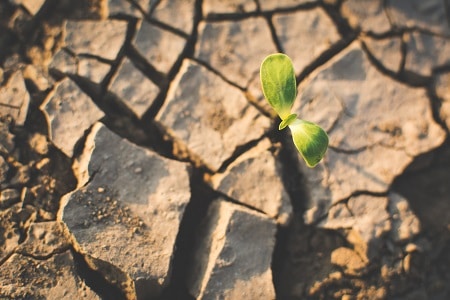
Sometimes the best way to fight the problem is to accept it. There are lots of beautiful plants that thrive in clay soil. For example, Japanese forest grass is a great ground cover that will help the soil. Here is a list of our top 10 favorites:
- Castor bean
- Iris
- Baptisia
- Miscanthus
- Heuchera
- Platycodon
- Rudbeckia
- Hosta
- Aster
- Achillea

